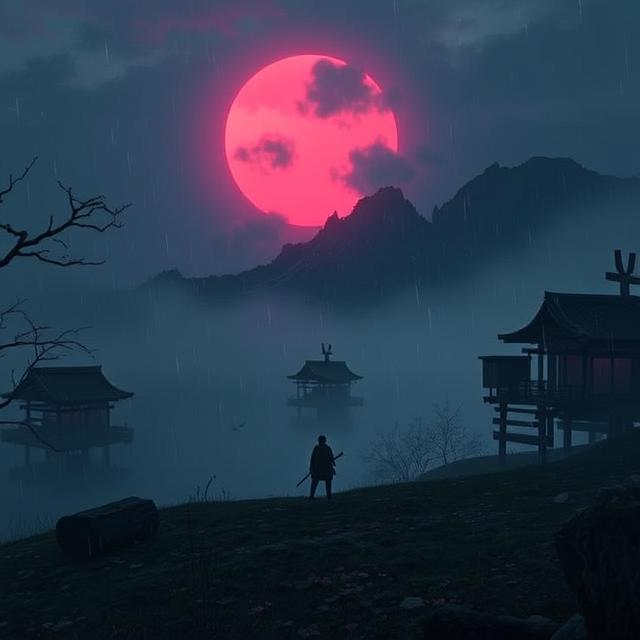Ghost of Tsushima is one of the most visually striking games of the last decade — but its beauty isn’t just for screenshots. It’s woven directly into how the story unfolds and how the game plays. In short: style is substance.
Let’s start with navigation. Instead of traditional waypoints and cluttered UI, the game uses wind to guide players. You swipe the touchpad and a gust points you toward your goal. It’s immersive, minimalist, and elegant — storytelling through the environment itself.
Combat visuals tell stories too. The stance system is tied to enemy types. You adapt — switching forms mid-fight — and each transition feels like a scene from a samurai film. The parries, sparks, and slow-motion finishers all contribute to that cinematic feel.
Then there’s photo mode, one of the most robust in gaming. The game wants you to pause and admire it — and when you do, you realize how much care went into framing every hill, every shrine, every duel beneath falling leaves.
But it’s not just looks. Ghost explores themes of honor, legacy, and sacrifice, and the visuals support that. Cherry blossoms in moments of peace. Storms during emotional confrontations. Masks hiding emotion — or reflecting change.
Even the Kurosawa Mode, which turns the game into black-and-white film grain with Japanese audio, proves that Ghost of Tsushima isn’t just playing homage to samurai cinema — it is samurai cinema.
